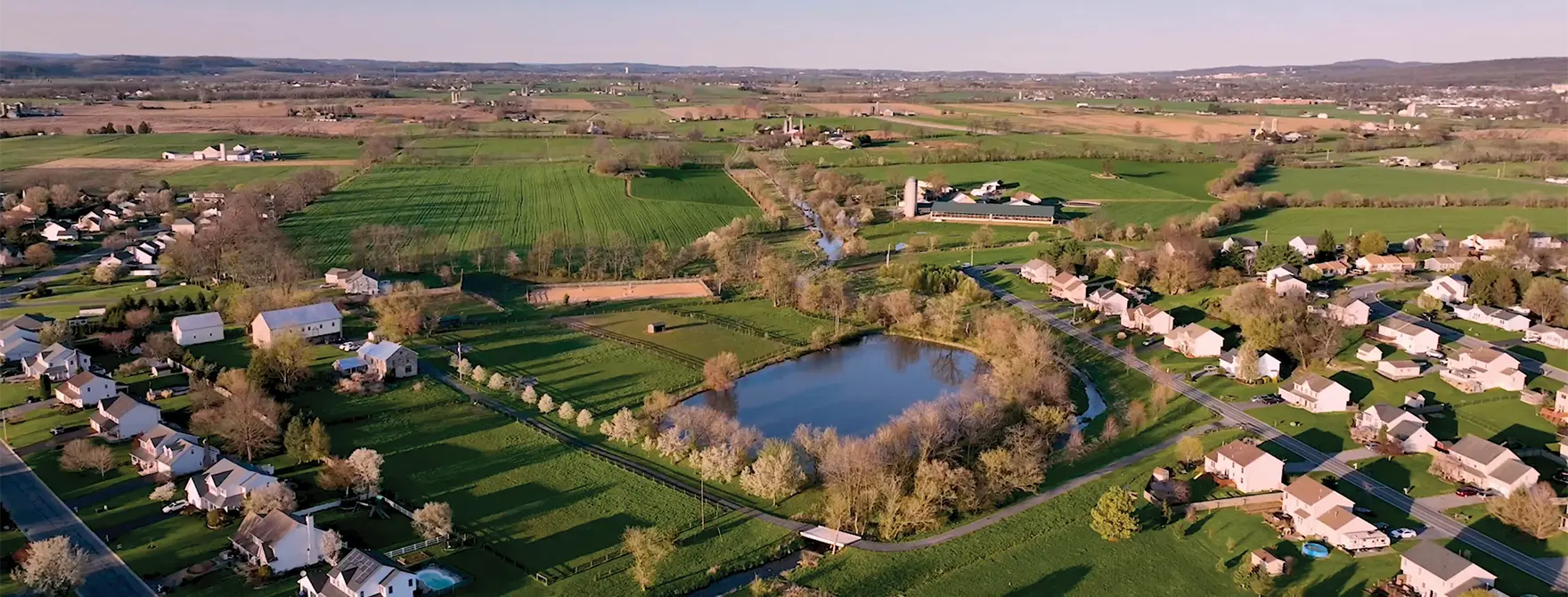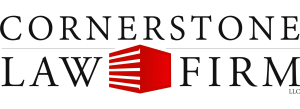Terms to Know
Title—A title establishes who legally owns a piece of property. It grants the legal right to use, occupy, sell, or transfer that property and is often established by a deed.
Deed—A deed is a legal document that grants a property’s title to that property’s owner.
Chain of title—A chain of title is a record of a property’s transfers from one owner to another.
Conveyance—Conveyance is the act of transferring property to a new owner. It’s often conducted through an instrument of conveyance (a contract, deed, lease, or title).
Lease—A lease is a legal contract between two parties that grants the lessee the right to use and occupy a property for a specific period of time. This right is granted in exchange for rent payment, and any terms and conditions are outlined within the lease.
Mortgage—A mortgage is a type of loan, payment of which is secured by a lien. It’s an agreement between a lender and a borrower that allows the borrower to finance a property purchase. Mortgages also grant the lender the right to take the property if the borrower does not uphold mortgage repayment.
Lien—A lien is a legal claim placed on a property by a creditor. It functions as security to ensure the property owner repays a debt or obligation. Some different types of liens include: mortgage liens, tax liens, judgment liens, mechanic’s liens, and homeowner’s association (HOA) liens.
Easement—An easement is an agreement between two parties that allows one party to cross or use the other party’s property for a specific purpose.
Encroachment—In real estate, an encroachment is a violation committed when one property owner builds or extends a feature across or near property lines. Encroachments can be either accidental or intentional.
Boundary Agreement—A boundary agreement is a legal document that clarifies the location of a property’s boundaries and addresses any concerns that may be present (like encroachments or easements).






